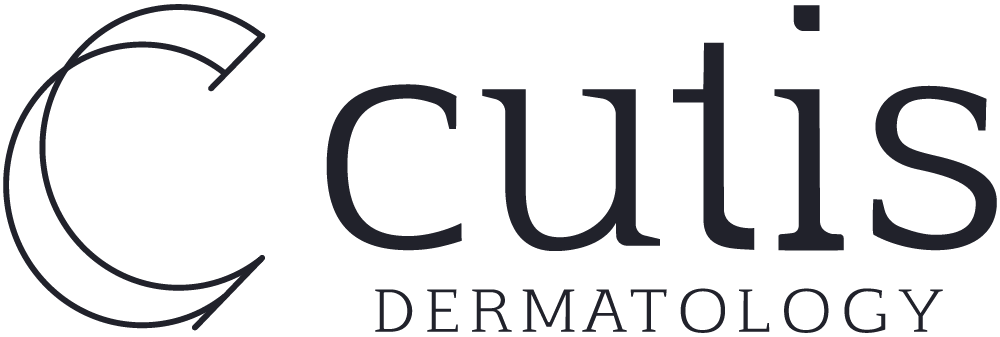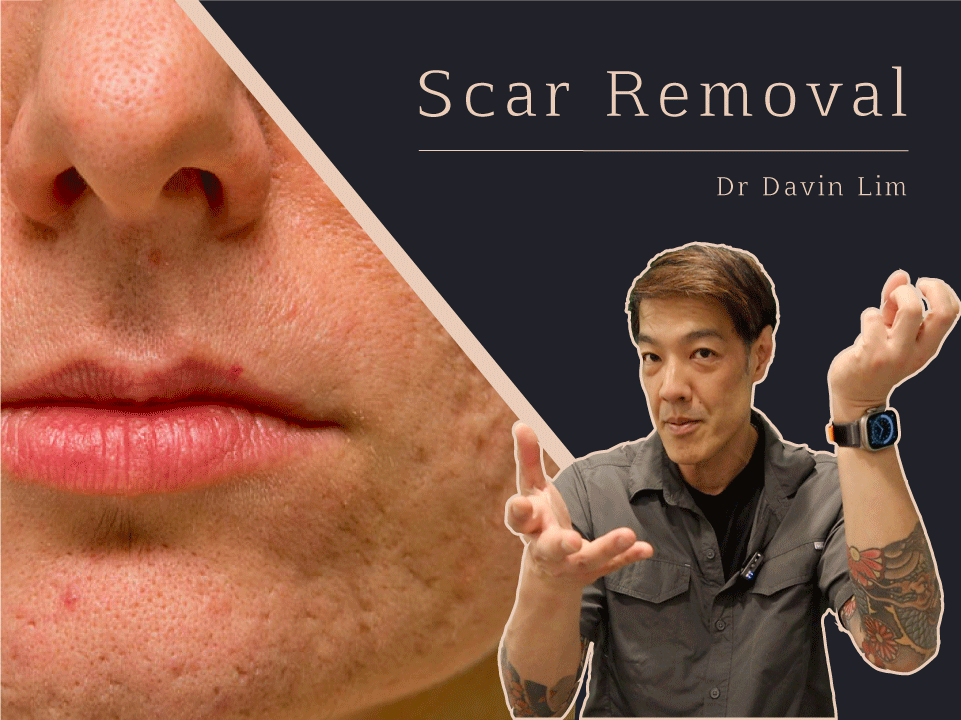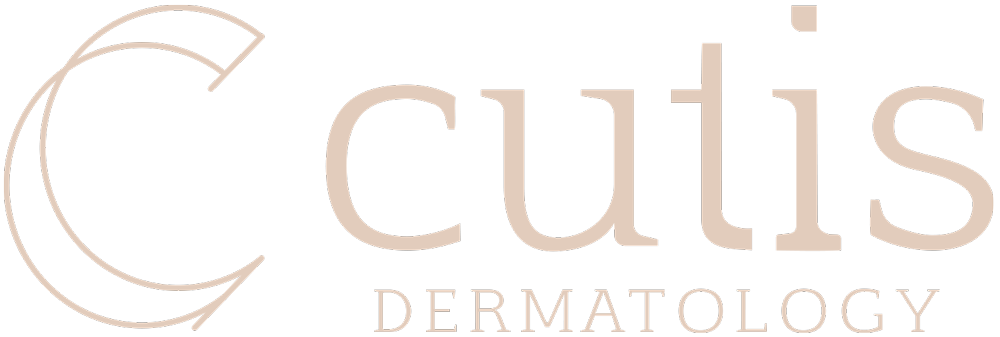Cutis Dermatology is an internationally renowned centre that specializes in scar revision. Equipped with the very latest lasers, our skilled dermatologists can treat all forms of scarring, including surgical, chicken pox, traumatic, burns, & acne scars.
Our highly effective scar treatment options include:
- Vascular lasers
- Pico lasers
- CO2 lasers
- Genius RF Microneedling
- Polynucleotide injectables
Our results speak for themselves
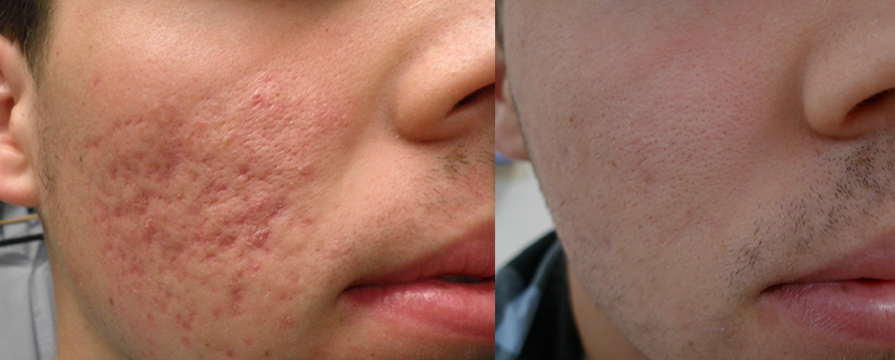
Before
After

Fractional CO2 lasers for superficial acne scars. No surgical procedures in this case.
Ask us more about this treatmant
Preferred Consultation
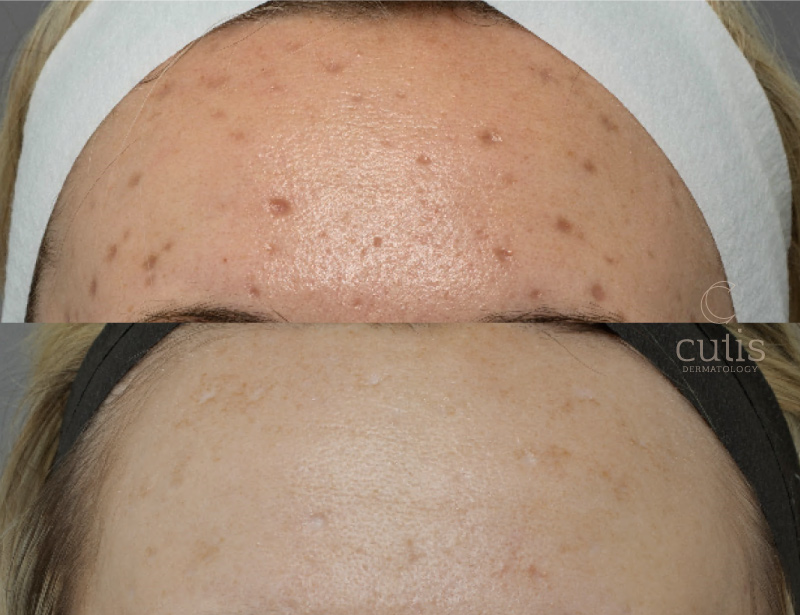
Before
After
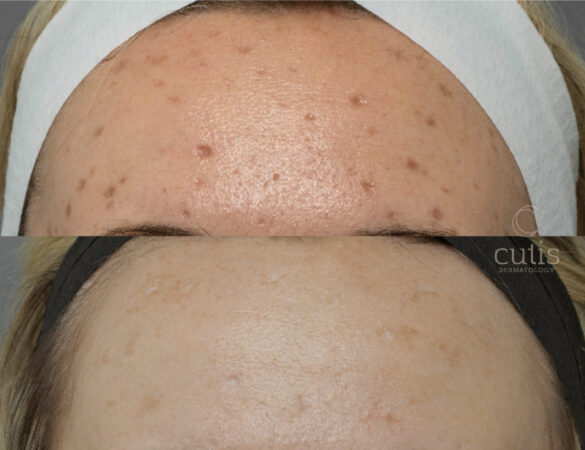
Treatment: Picoway 1064
Ask us more about this treatmant
Preferred Consultation
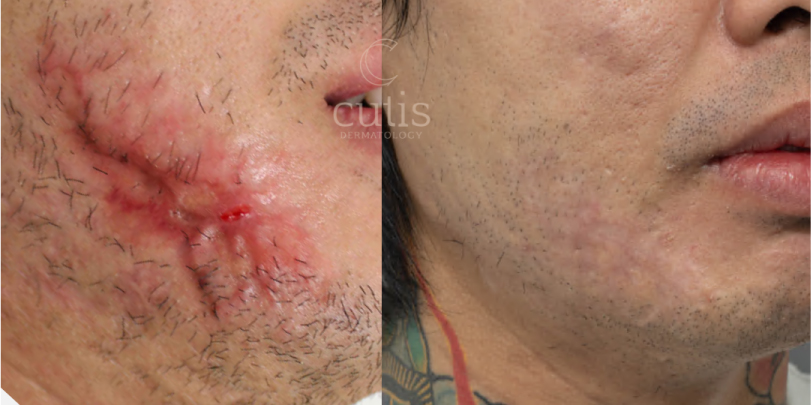
Before
After

Treatment: NdYag hair removal, CO2 fractional, CS injections, Silicone gel
Ask us more about this treatmant
Preferred Consultation
Treatments for Scar Removal
Simple silicone gel reduces scarring
Surgical scars can be erased with lasers
Silicone gel combined with compression can reduce or prevent scar formation. Treating your scar early can prevent permanent scarring. Vascular lasers can rapidly fade red scars. Treatments are painless & affordable.
Ablative CO2 & erbium lasers can erase traces of surgery in one session. We employ the very latest technology including Hybrid, Ultrapulse, Mixto, CO2RE & Sciton erbium lasers.
Pico lasers are best to erase post inflammatory pigmentation
Vascular lasers are used to treat red scars
Cutis Dermatology Brisbane has two state of the art pico lasers including Picoway & Picosure. These lasers fade dark pigmentation 10 times faster in comparison to older nanosecond lasers. Pico lasers have no downtime. This treatment rapidly fades hyperpigmentation from acne.
Vascular lasers can markedly reduce red scars including surgical, acne, traumatic & burn scars. We use the latest V Beam laser known as the Prima in addition to the Derma V. These lasers deliver a cooling spray to improve comfort levels & reduce unwanted side effects.
Our scar revision method has one of the highest success rates as we match your acne scar type with the best possible revision methods. Our pioneering work has been published in leading international dermatology journals. Cutis Dermatology ranks as the go to clinic for scar treatments.
FAQs
Why choose Cutis Dermatology Brisbane for scar removal?
Cutis has the largest repertoire of lasers & energy devices in the Southern Hemisphere. We are both a clinical & research facility. This means patients are receiving the very latest lasers & technology, well before the protocols & devices are released to other clinics.
Our consultant dermatologists are internationally renowned speakers that lecture on the latest methods & technologies. Cutis is also a training centre for dermatologists in Australia.
What types of scars do we treat?
Dermatologist at Cutis treat the following scar types;
- Acne scars
- Traumatic & surgical scars
- Burns
- Chicken pox scars
- Atrophic scars
- Hypertrophic & keloid scars
- Post inflammatory hyperpigmentation (dark)
- Post inflammatory erythema (red)
How do we manage scars?
Our dermatologists & nurses are experts in the field of scar revision. We employ methods such as-
- Low level laser therapy with Healite LED
- Lasers to treat brown pigmented scars, including the Picoway & Picosure
- Lasers to treat red scars, including Prima, Perfecta & Derma V
- Surgical procedures
- Dermal fillers
- Fat transfer
- Melanocyte transfer, for hypopigmented scars
At what stage should scars be treated?
Yesterday. Scar prevention is so much easier than scar treatments. Read more on how to look after wounds. Dermatologists & plastic surgeons are meticulous with post-operative instructions aimed at reducing scar formation.
What simple DIY treatments are effective against scarring?
Good wound care can mitigate long term scarring. Here are 5 tips to help reduce scars.
- Apply silicone gel or sheets to scars. Brands include Strataderm or Dermatix.
- Compression will aid in recovery. 2 to 6 months depending on your surgeon.
- Sunscreen is important, it reduces redness and post surgical pigmentation.
- Treat early scars with vascular lasers & anti-inflammatories.
- Treat hypertrophic scars early with lasers & injections.
What are risk factors for skin scarring?
Increased risk factors for scars include-
- Young patient – less than 40
- Ethnic skin – eg. Asian or African patients
- Family history of scars
- High tension areas including back, shoulders, chest, jawline
- Thermal injury such as burns
- Poor wound care
What is the best treatment for keloid scarring?
Prevention is the best management. For established keloid scars, dermatologists will employ-
- Pulse dye lasers
- Anti-inflammatory injections
- 5 FU injections
- Compression
- Silicone gel or sheets
- Intra-keloid anti-wrinkle
- Excision +/- radiotherapy
How to prevent keloid scarring?
Early intervention will markedly reduce keloid scars. Strategies include-
- Use of low-level light within the first 2 weeks of surgery
- Use of compression & silicone dressings/tape/gel
- Vascular lasers such as pulse dye & KTP lasers
- CO2 lasers & intralesional 5 FU or steroids
- Surgical techniques to close with minimal tension
How do we manage surgical scars?
Intervention is like other forms of scar revision. They include-
- Methods to address contour changes; ablative lasers, fat transfer, dermal fillers
- Lasers to improve colour changes; red or hyperpigmentation
- Surgical procedures to improve scar outline- Z pasty, re-excision
The most common cause of post-surgical scarring is with mole removal. Frequently affected areas are ‘high tension’, namely on the chest, shoulders & back. ‘Spread scars’ are notoriously difficult to treat.
How to reduce scarring following surgery?
Be guided by your surgeon as we all have different techniques to mitigate scarring. As a rule of thumb-
- Follow dressing instructions
- Compression post-surgery for 2-6 months
- Use silicone sheets or gels post-surgery
- Intervene early with pulse dye laser
- Treat post inflammatory hyperpigmentation with pico lasers
- Protect from UV
How do we treat acne scarring?
Cutis Dermatology Brisbane is well known for the treatment of acne scars, as we see patients from all over Australia & internationally. Our treatment methods include-
- Picoway & Picosure Pro for post inflammatory hyperpigmentation
- CO2 lasers including the eCO2, Ultrapulse, CO2RE, Mixto, Hybrid, Fraxel RePair
- Erbium Lasers: including the Sciton Joule & MCT 121
- Fractional RF needling including the Genius & Infini by Lutronic
- Vascular lasers including the Derma V, Prima, Perfecta
- Manual subcision with Toledo’s, BB canulas, Taylors & GTis
- TCA paint, CROSS
- Phenol croton oil paint
Excision, elevation, dermal grafting
What is microneedling & is it good for scars?
If you have mild scars, you may want to consider DIY micro needling at home. Choose a roller or better still a stamper with a needle protrusion length of 0.2 to 0.25 mm. These are available on eBay or Amazon. Steps are:
- Clean the area with disinfectant
- Microneedle the area with 2-6 passes
- Keep tension to the treated site
- Wash with disinfectant
- Protect from UV
- Repeat 3-6 weeks
This treatment is only good for mild atrophic scars.
What are the potential risks of scar revision?
Scar revision carries a small risk of adverse events. These should be differentiated from expected outcomes and heal times. These include-
- Infection; rare. About 1-3 % of cases. Easily managed.
- Prolonged pigmentation changes, more common in darker skin ethnicities.
- Idiosyncratic scars: very rare, less than 2% of cases, treatable.
- Bleeding, haematomas: 2-5% depending on the instruments & procedures.
Your treating specialist will discuss specific risks, based upon the procedure.
What is the end point of scar revision?
Our clinic works via objective endpoints. This means we strive to achieve the following goal- to get you to understand and realise that ‘the end point is achieved when others do not see your scars.’
The goals are achieved when in normal lighting, others do not get distracted by facial scarring. Subjective improvements are secondary gains. BDD(body dysmorphic patients) patients visualize scars that normal individuals (family/friends) cannot see. These patients are best seen by a psychologist or a psychiatrist. Providing you are under the care of these specialists we may elect to treat you with appropriate modalities.
What should you consider before undertaking acne scar revision?
Undergoing scar revision is an investment of time, effort, and money for patients. Here are some helpful points that may help you along your journey.
- Always control your acne. You will go infinitely faster & better with any scar revision treatment. This means absolute (or almost absolute control), it does not mean ‘much better than before.’ If you have inflammation, your collagen remodeling is compromised. If in doubt, seek professional advice from our dermatologists and nurses.
- Time. Collagen remodelling does not occur in weeks, but months. You must be committed to the timeline & treatment plan.
- Sun protection is paramount. It does not mean you can’t go out in the sun, it means sun protection is important. SPF 50+ twice a day regardless of exposure. If a 50 ml bottle lasts longer than 3 weeks, you are not using enough sunscreen.
- Darker skin type; you may require more sessions compared to lighter skin. In some cases, we will expectedly darken your skin but will come up with solutions to lighten it back to normal.
- Costs. If cost is an issue, our nurse led scar clinic can provide you with cost effective treatment options. This way you can budget your spend & maximise your gains.
- Settings of laser / devices matter. Lasers are just tools to get the job done. Parameters are crucial for best outcomes. Additionally, using the best brands are super important.
